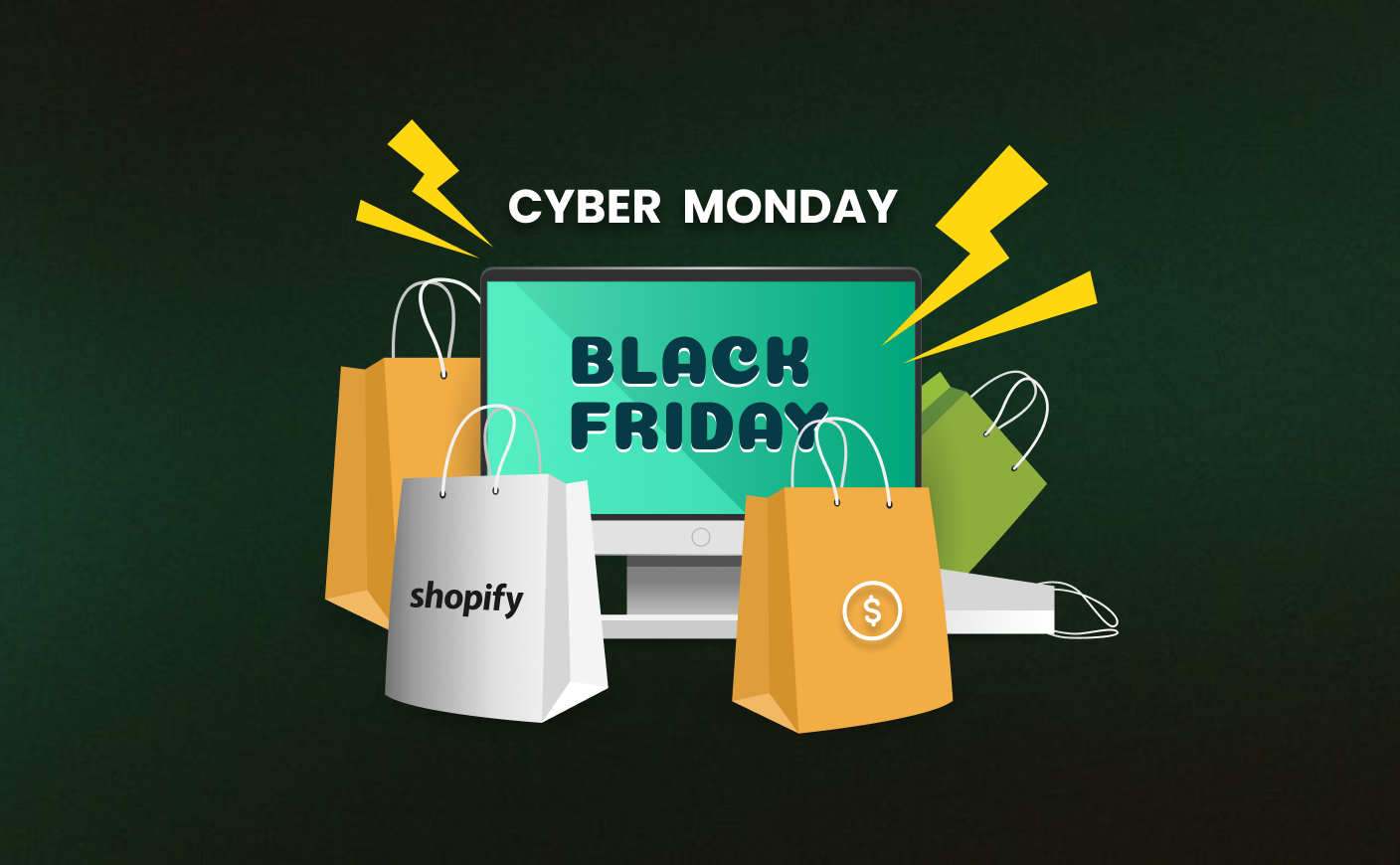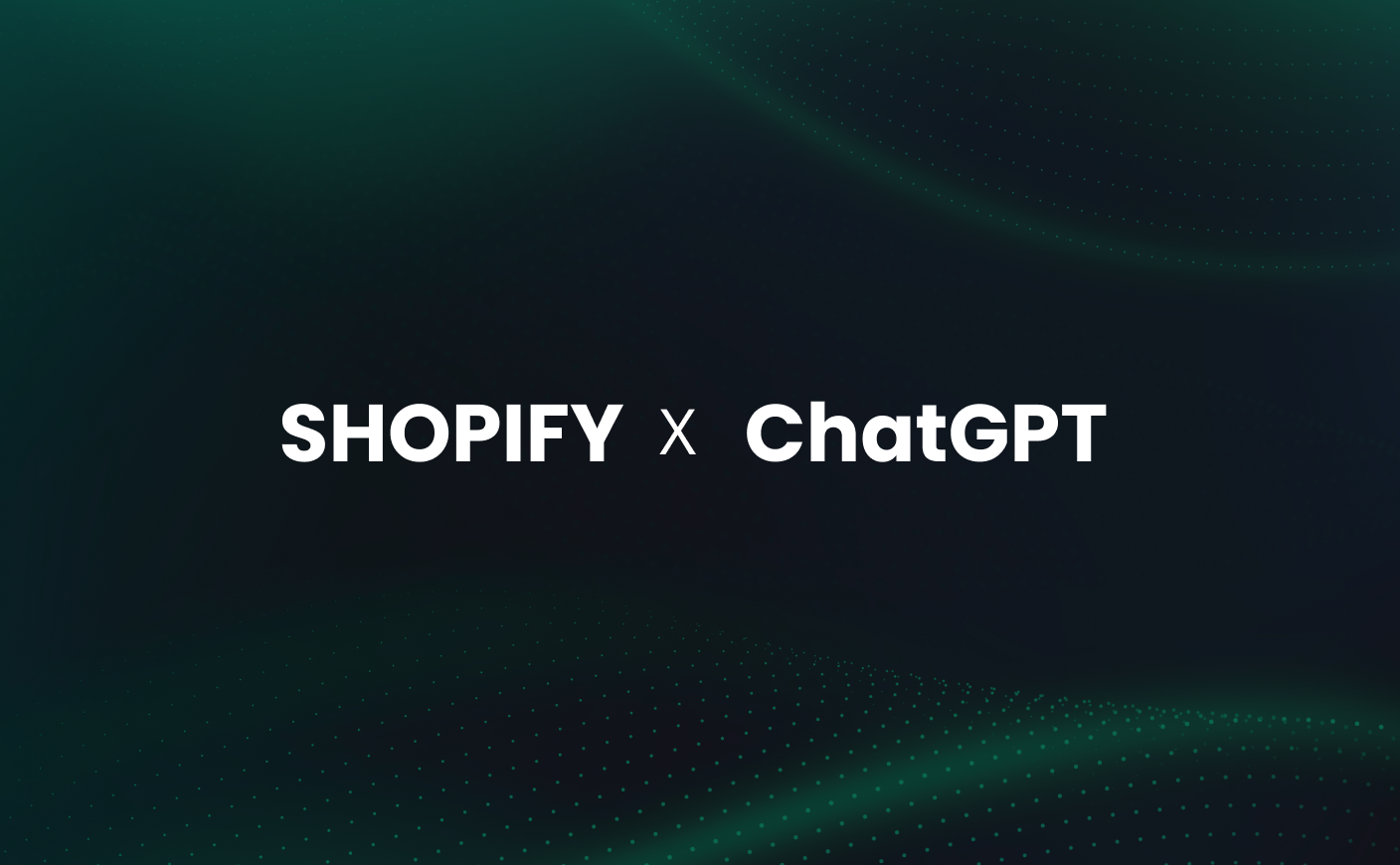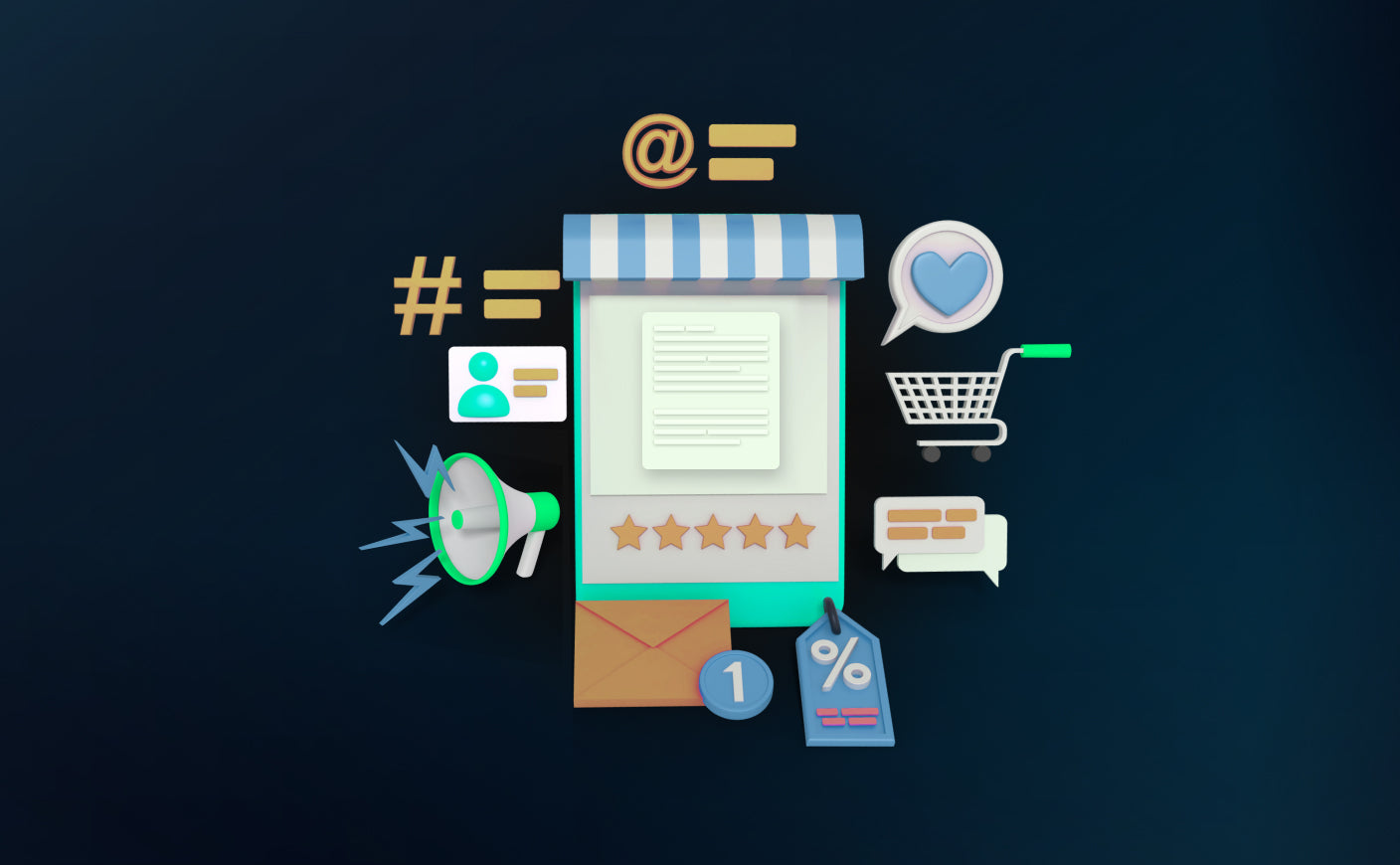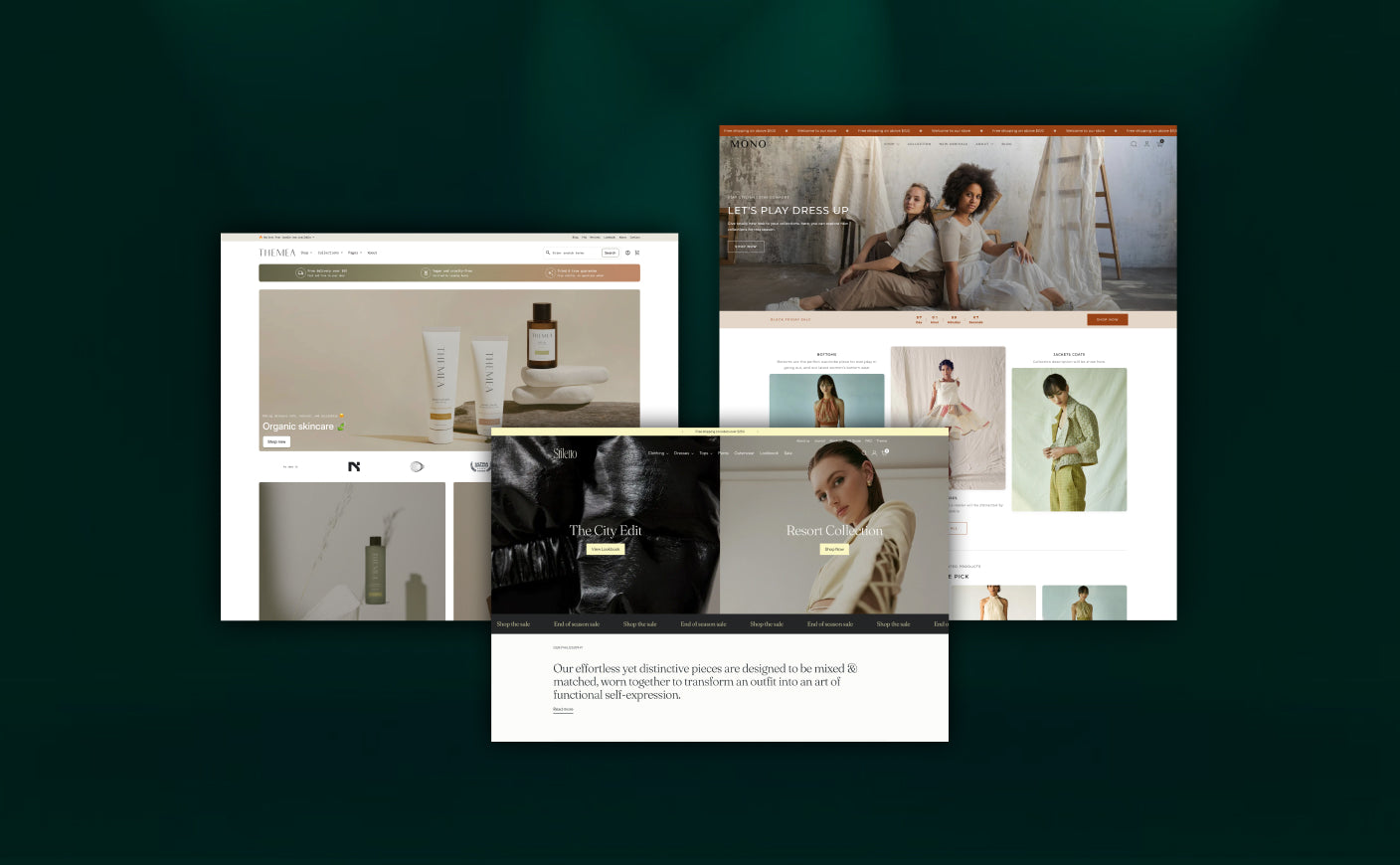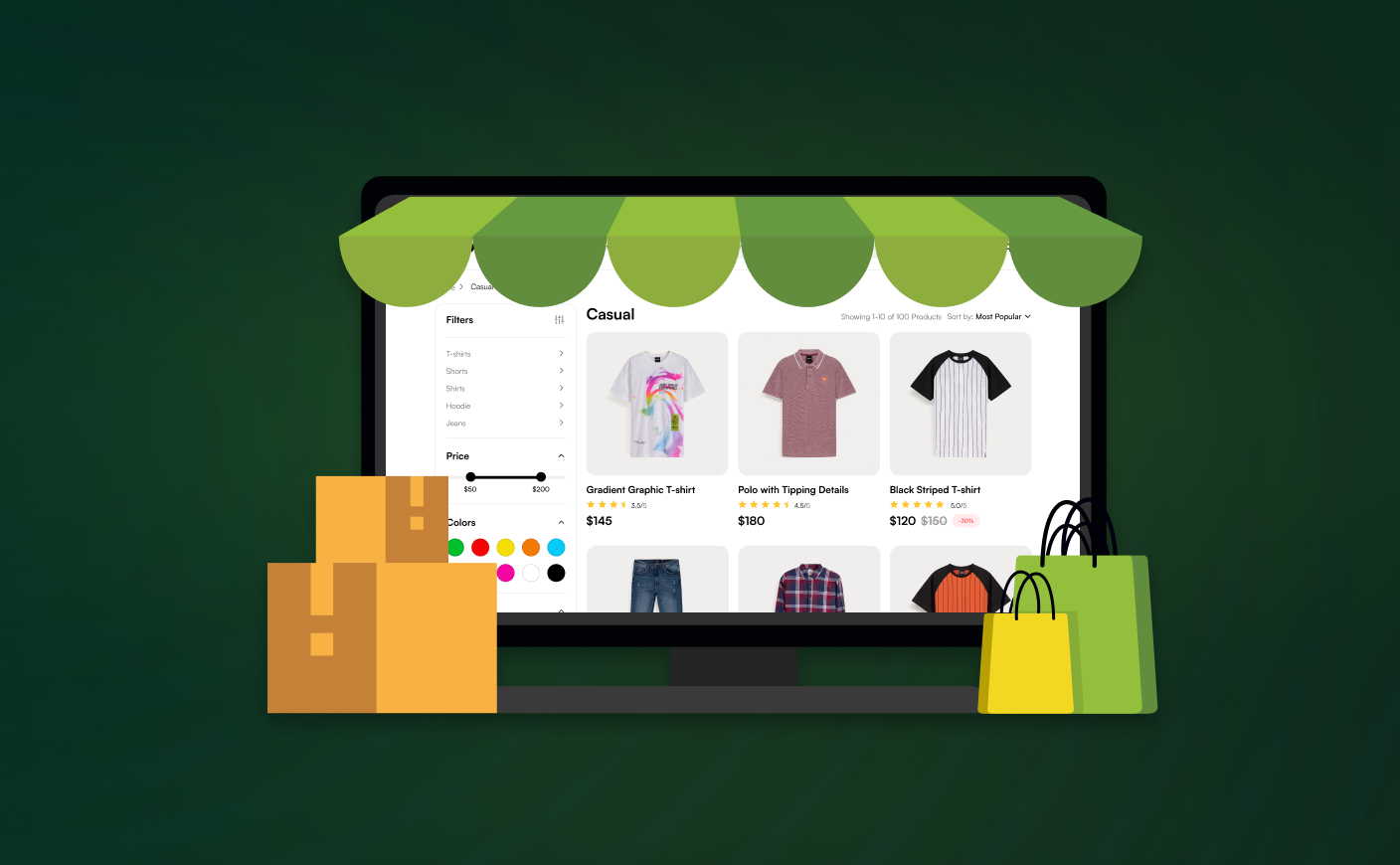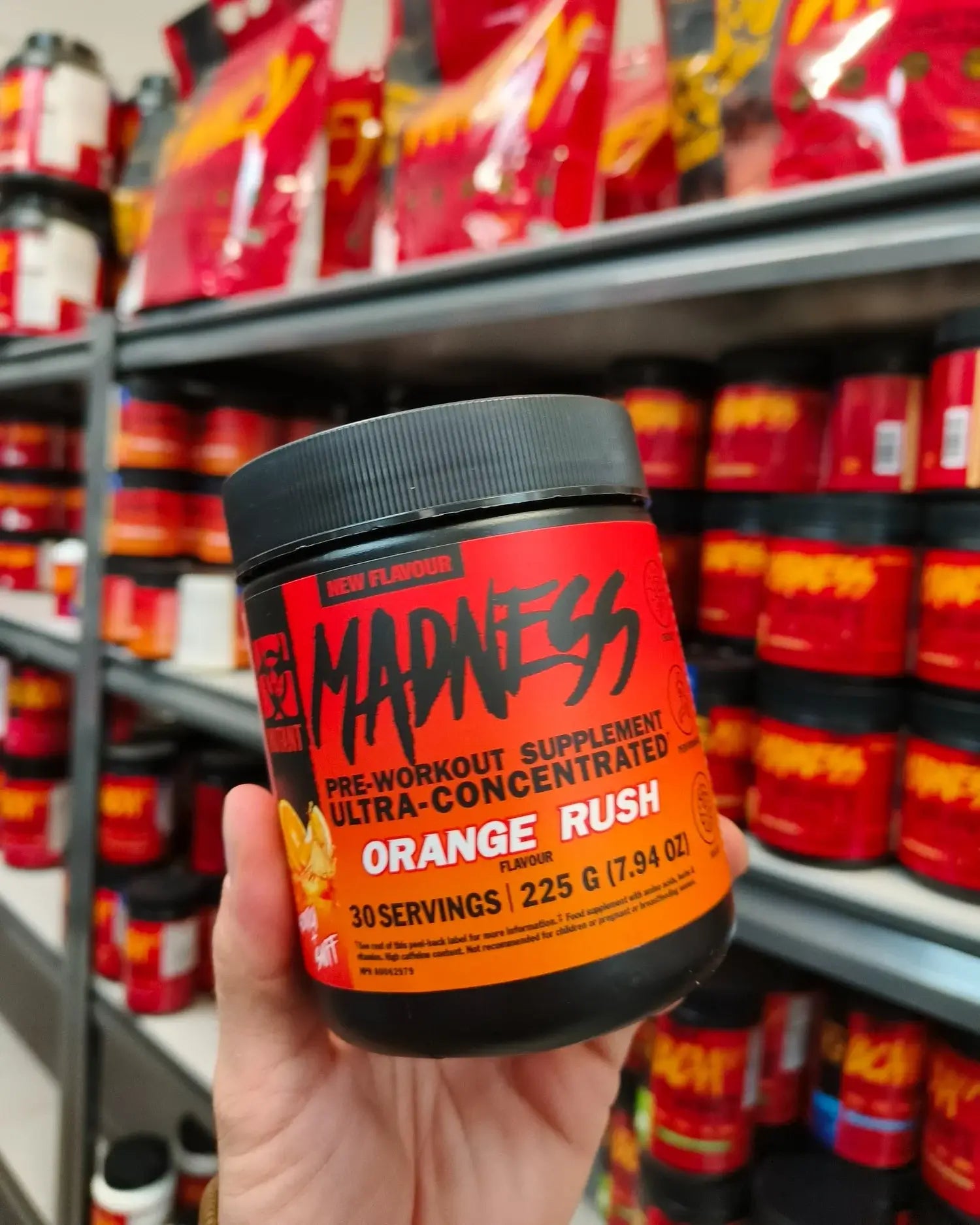How to Sell on Shopify Without Spending Big on Ads
shopify agency
Shopify Plus
shopify store
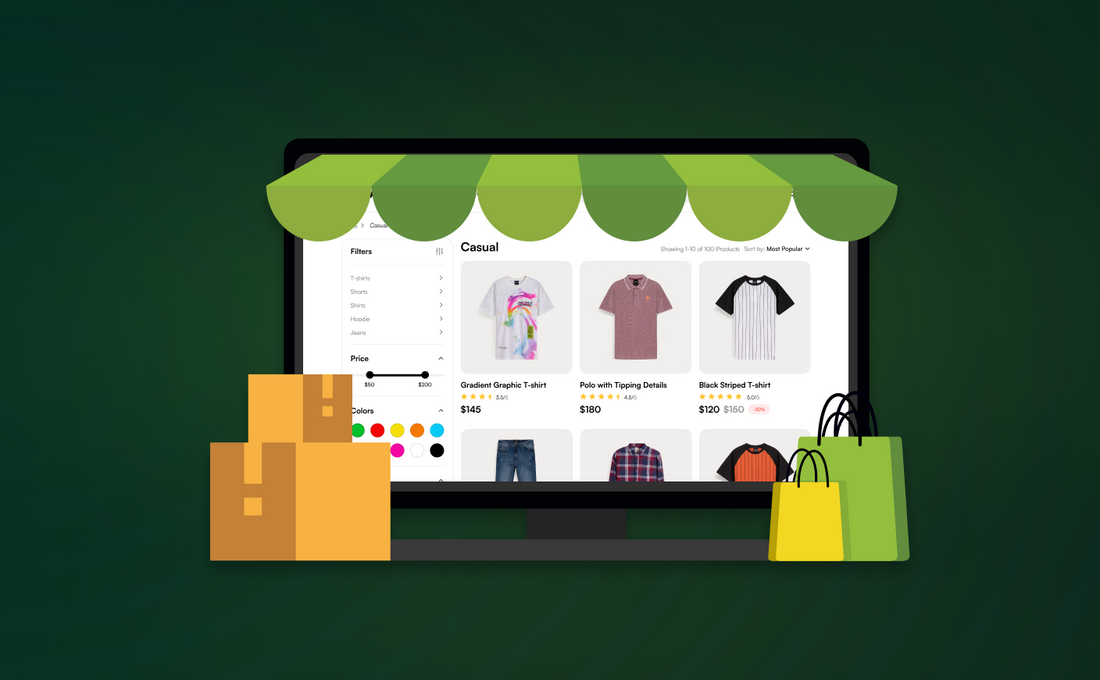
Ads are getting more expensive every single year, and the returns are not always worth it. In 2024, Shopify merchants saw an average ROAS of around 2.8×, while experts suggest at least 4× is needed to make ad spend truly profitable.
On top of that, platforms like Google keep pushing costs higher. The average cost per click went up again last year, and merchants are left competing in one of the toughest ecommerce markets in the world. It is no surprise that customer acquisition costs have become a headache for almost everyone running a store.
But there is another path that you can take and that is Organic growth. In recent times, it has proven to be one of the most sustainable ways to grow a business.
In this blog, we will explore 8 often overlooked tactics that will help any Shopify store increase sales without heavy ad spend.
Let’s start.
8 Proven Ways to Grow Your Shopify Store Without Spending More on Ads
These strategies will help increase sales and customer retention while keeping marketing costs under control.
#1 Hyper Local SEO for Regional Domination
According to Hubspot, almost half of all Google searches are local. That means shoppers are not just looking for organic skincare but organic skincare in Chicago or handmade jewelry in Miami. If a Shopify store does not show up in those searches, a competitor will.
Local SEO is one of the most underused strategies in ecommerce. It can help stores capture nearby shoppers, build trust, and reduce reliance on expensive ads.
Why Hyper Local SEO Matters
-
46% of all Google queries comprise local searches. (source: hennessey)
-
Shoppers trust stores that appear connected to their city or region.
-
Competition is lower for city-specific keywords compared to broad national ones.
-
Organic local traffic is more sustainable than paid ads.
So what can you do? Let’s check them out.
Build Location Based Pages
Creating dedicated city or region pages plays an important role. Instead of only optimizing for general keywords, merchants can target terms like:
-
“Vegan skincare Chicago”
-
“Luxury candles New York”
-
“Sustainable fashion Austin”
Each page can highlight delivery details, customer reviews from that city, and localized content. Adding schema markup in JSON LD helps Google understand the page better and increases chances of appearing in map results and local packs.
Optimize Google Business Profile
A Google Business Profile is a must for local visibility. Even for online-only stores, it helps:
-
Showcase accurate business info (address, hours, contact)
-
Display reviews and ratings that build trust
-
Appear in Google Maps when people search locally
Connecting the profile with a Shopify store ensures consistency across platforms and stronger local reach.
Add Geo Keywords to Product Pages
Generic product descriptions often miss local opportunities. By adding city-specific keywords naturally into:
-
Product descriptions
-
Meta titles
-
Image alt texts
…stores can rank for searches like handmade jewelry Miami or eco friendly tote bags Los Angeles. These terms capture buyers with strong purchase intent.
These are the tools to get started:
-
Google Keyword Planner – discover city-based search terms.
-
Moz Local – manage and track local listings for accuracy.
Both tools make it easier to find the right keywords and maintain a consistent online presence.
Also read: 8 Proven ways to increase your Ecommerce Conversion Rate
#2 Post Purchase Automation Loops for Repeat Sales
Winning a customer once is great. Winning them again and again is where real growth happens. According to Shopify’s 2024 Merchant Report, repeat customers spend nearly 3x more than first-time buyers. (source: Shopify)
That is why building strong post purchase automation is one of the smartest moves a store can make.
Why Post Purchase Loops Matter
-
Repeat buyers are more profitable than one-time shoppers.
-
Automated touchpoints build stronger brand relationships without extra effort.
-
Upsells, reminders, and rewards keep customers engaged long after checkout.
So what can you do? Let’s check them out.
Upsell With Thank You Page Offers
The thank you page is an often overlooked space. Instead of leaving it as a dead end, Shopify merchants can:
-
Add personalized product recommendations using ReConvert
-
Custom upsells to match previous purchase history
-
Offer limited time discounts that encourage immediate action
This small tweak can instantly increase average order value.
Send Automated Post Purchase Emails
Shopify Email makes it simple to set up automated flows that keep customers coming back. Examples include:
-
Usage tips for the product just purchased
-
Reorder reminders for items that run out
-
Cross-sell suggestions based on what was bought before
These emails feel helpful rather than salesy, and they keep the brand top of mind.
Reward Loyalty and Referrals
A loyalty program turns casual buyers into long term fans. Tools like Smile.io make it easy to:
-
Reward points for leaving reviews
-
Incentivize referrals to friends and family
-
Offer perks like early access or free shipping for repeat orders
When customers feel valued, they are far more likely to return.
These are the tools to get started:
-
Shopify Email – build automated flows with ease
-
ReConvert – create thank you page upsells
-
Smile.io – run loyalty and referral programs
Post purchase automation loops turn transactions into relationships. Instead of chasing new buyers with ads, stores can nurture the ones they already have, thus improving lifetime value and creating steady revenue growth.
#3 Shopify Collabs for Micro Influencer Partnerships
Influencer marketing does not always mean hiring celebrities. In fact, micro influencers with one to ten thousand followers often create stronger results.
A Sprout Social report from 2024 shows they bring around 60% higher engagement than mega influencers.
Why Micro Influencers Work
-
Their communities are smaller but more engaged
-
Followers see them as authentic and trustworthy
-
Costs are much lower compared to big influencers
-
Engagement often translates into better conversions
So what can you do? Let’s check them out.
Finding the Right Partners
Shopify Collabs is designed to help merchants connect with influencers who match their niche. For example:
-
A fitness blogger promoting activewear
-
A skincare enthusiast highlighting organic beauty products
-
A food creator showcasing eco friendly kitchen tools
These connections work best when the influencer’s audience already aligns with the store’s products.
Creating Win Win Deals
Instead of paying large upfront fees, many micro influencers prefer:
-
Free product samples to try and review
-
Affiliate commissions for every sale generated
-
Exclusive discounts they can share with followers
This keeps costs low while motivating influencers to actively promote the brand.
Co Branded Content That Stands Out
Authenticity is key. Rather than scripted ads, encourage influencers to:
-
Share Instagram Reels or TikToks showing real product use
-
Post “unboxing” videos with first impressions
-
Create lifestyle content that blends naturally with their usual posts
These formats feel genuine to followers and tend to outperform traditional promotions.
These are the tools to get started:
-
Shopify Collabs – discover and manage influencer partnerships directly in Shopify
-
Upfluence – track influencer performance and manage affiliate deals
Also read: A Shopify merchant’s guide to ranking in ChatGPT shopping
#4 Niche Content Hubs for Authority Building
Content is still one of the most reliable drivers of traffic. However, the challenge is that generic posts rarely convert. To stand out, merchants need focused content hubs that solve customer problems and position the brand as an authority.
Why Content Hubs Work
-
They bring in high intent visitors searching for solutions
-
Well structured guides increase time spent on site
-
Optimized articles improve visibility in Google snippets
-
Embedded products turn readers into buyers
So what can you do? Let’s check them out.
Building a Niche Hub
A content hub is more than a random collection of blog posts. It is a structured set of guides built around a specific theme that matches the store’s products. For example:
-
A sustainable store could publish “How to Choose Eco Friendly Home Decor”
-
A fitness brand might create “Best At Home Workouts for Beginners”
-
A skincare label could focus on “How to Build a Routine for Sensitive Skin”
These guides solve real customer questions while naturally connecting to the products being sold.
Optimizing for Featured Snippets
Search engines love direct, clear answers. To improve chances of ranking at the top:
-
Use “how to” or “best” formats in titles
-
Break content into short, scannable sections
-
Add bullet points or numbered lists for quick answers
This format makes it easier for Google to pull information into featured snippets, driving more clicks to the store.
Embedding Products and CTAs
Every content hub should do more than educate. Strategic product placements and calls to action ensure readers can act right away. Examples include:
-
Linking to a product page directly within a guide
-
Adding “Shop the Look” sections under tutorials
-
Using in-text CTAs like “Explore our eco friendly decor collection”
The key is to keep recommendations natural and helpful, not pushy.
These are the tools to get started:
-
AnswerThePublic – find questions customers are asking in the niche
-
SEMrush – identify keywords, track rankings, and monitor competitor content
#5 Shopify POS for Omnichannel Lead Capture
Shoppers today are everywhere: online, in-store, and across social platforms. Research from Harvard Business Review shows that omnichannel customers spend about 10% more online than single-channel buyers.
That is why using Shopify POS as a bridge between offline and online channels is a powerful growth move.
Why Omnichannel Matters
-
Customers who shop across multiple touchpoints spend more
-
Collecting data in-store fuels personalized online campaigns
-
Omnichannel experiences create stronger brand loyalty
So what can you do? Let’s check them out.
Capture Leads at Checkout
Shopify POS makes it easy to gather customer details during in-store checkouts. Instead of ending the journey with a receipt, stores can:
-
Collect email addresses for follow-up campaigns
-
Ask customers to join the mailing list in just a tap
-
Segment shoppers by location or purchase type for better targeting
Sync POS With Online Marketing
Once collected, POS data can be synced with Shopify Email or tools like Klaviyo to send:
-
Personalized offers based on in-store purchases
-
Cross-sell recommendations for related products
-
Thank-you notes that drive shoppers back to the website
This ensures offline interactions continue to generate online revenue.
Incentivize Signups In-Store
Shoppers are far more likely to share their email if there is an immediate reward. Popular incentives include:
-
Discounts on the next online order
-
Free samples for signing up on the spot
-
Early access to new collections for subscribers
Simple rewards create a direct path from physical stores to online sales.
These are the tools to get started:
-
Shopify POS – for smooth in-store lead collection
-
Klaviyo – for advanced email segmentation and automation
By blending offline and online touchpoints, Shopify merchants can capture more leads, build stronger relationships, and encourage repeat purchases. Omnichannel strategies make sure no customer is left behind, regardless of where they shop.
Also read: Is Shopify plus worth it for DTC brands
#6 Strategic Cross Promotions with Complementary Brands
Collaboration can be just as powerful as competition. By partnering with complementary brands, merchants can reach new audiences, share resources, and grow faster without relying on ads.
Why Cross Promotions Work
-
Access to a new but relevant customer base
-
Shared marketing costs reduce spend for both sides
-
Added credibility when customers see trusted brands working together
-
Opportunities to create bundles or experiences that stand out
So what can you do? Let’s check them out.
Partner With the Right Brands
The key is to collaborate with businesses that complement rather than compete. Examples include:
-
A coffee brand teaming up with a mug store
-
A skincare brand partnering with a wellness subscription box
-
An eco friendly clothing line working with a sustainable accessories brand
These partnerships feel natural and benefit both customer groups.
Run Joint Campaigns
Cross promotions work best when they go beyond a one time shoutout. Popular approaches include:
-
Bundle deals that combine products into one value package
-
Co branded giveaways that generate leads for both stores
-
Shared email campaigns that double exposure at no extra cost
This creates excitement for shoppers while keeping costs minimal.
These are the tools to get started:
-
Refersion can track affiliate and referral sales from partners
-
Shopify Analytics shows referral traffic and conversion rates
#7 User Generated Content (UGC) Campaigns for Social Proof
Shoppers trust other shoppers more than brands. For Shopify merchants, encouraging customers to create and share content is one of the most authentic ways to build credibility and drive sales.
Why UGC Works
-
Builds instant trust through real customer voices
-
Acts as free, authentic content for marketing channels
-
Increases engagement on social platforms
-
Improves conversion rates by showing products in real life use
So what can you do? Let’s check them out.
Encourage Customers to Share
Motivating buyers to showcase their purchases is easier than it sounds. Effective approaches include:
-
Creating a branded hashtag for Instagram or TikTok challenges
-
Offering small rewards or discounts for sharing photos and videos
-
Featuring customer stories in newsletters or on the store’s homepage
When customers feel valued, they are more likely to contribute content.
Collect and Display Reviews With Photos
Visual reviews work better than text alone. Using apps like Loox, Shopify merchants can:
-
Collect photo and video reviews directly on product pages
-
Showcase social proof right where buying decisions happen
-
Highlight top rated products to improve trust and conversions
This makes the shopping experience more convincing and relatable.
Repost UGC Across Platforms
The best part of UGC is how versatile it is. Brands can:
-
Repost on the Shopify Shop app for wider visibility
-
Share customer reels and photos on Instagram Stories
-
Use UGC in paid retargeting campaigns for added authenticity
Each piece of content extends its value far beyond the original post.
These are the tools to get started:
-
Loox – for collecting and displaying photo reviews
-
Shopify Shop app – for amplifying customer generated content
#8 Dynamic Pricing Strategies for Organic Conversions
Dynamic pricing is more about using smart strategies that encourage organic conversions without relying on ads and less about slashing margins.
Why Dynamic Pricing Matters
-
Encourages larger orders and repeat purchases
-
Creates urgency without heavy ad spend
-
Matches pricing strategies with customer behavior
-
Improves profit margins by maximizing perceived value
So what can you do? Let’s check them out.
Offer Discounts Based on Behavior
Shopify apps like PriceMole make it possible to create discounts that adjust in real time. Examples include:
-
Offering ten percent off when cart value crosses a certain threshold
-
Giving loyal customers exclusive pricing based on purchase history
-
Setting flexible discounts for specific customer segments
These personalized touches make shoppers feel valued while boosting average order value.
Bundle Pricing for High Margin Products
Bundles encourage customers to buy more in one go. Strategies include:
-
Pairing complementary items, such as coffee with mugs
-
Creating tiered pricing like “Buy 2, Get 1 Free”
-
Offering exclusive savings on curated sets
Bundles work particularly well for high margin products, helping increase profitability while improving customer satisfaction.
Subtle Scarcity Tactics
Scarcity drives action when done authentically. Instead of aggressive countdown timers from ads, Shopify merchants can:
-
Add “Only 5 left in stock” banners on product pages
-
Show “Popular item, selling fast” prompts
-
Use limited edition product drops to spark urgency
These gentle nudges encourage conversions without overwhelming customers.
These are the tools to get started:
-
PriceMole – for real-time dynamic discounts
-
Shopify Scripts – to customize pricing rules and automate offers
Success on Shopify is not defined by ad budgets but by how well a store connects with its customers. When growth comes from genuine value and smart strategies, results last longer and cost less. The focus should always be on building trust and creating experiences that keep buyers coming back.
Also read: Best Shopify and Shopify plus agency in 2025
Frequently Asked Questions
How do Shopify stores make sales without running ads?
Stores can grow by focusing on organic traffic through local SEO, posting helpful content, and building trust with customer reviews. Simple tactics like email follow ups or product bundles often bring more conversions than paid ads.
What free marketing methods work best for Shopify merchants in the USA?
The best free methods are creating location based pages, working with small influencers, encouraging customers to share photos, and teaming up with other Shopify brands. These approaches build reach without extra ad costs.
Can Shopify brands use influencer marketing on a small budget?
Yes, instead of paying big fees, many brands send products to micro influencers or set up affiliate style partnerships. This gives authentic promotion at a much lower cost.
